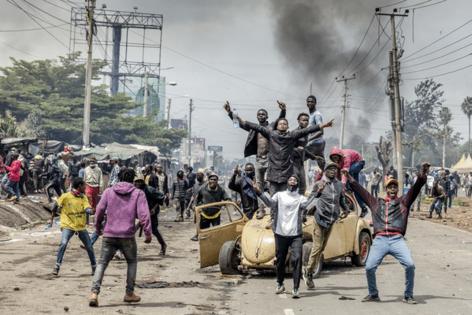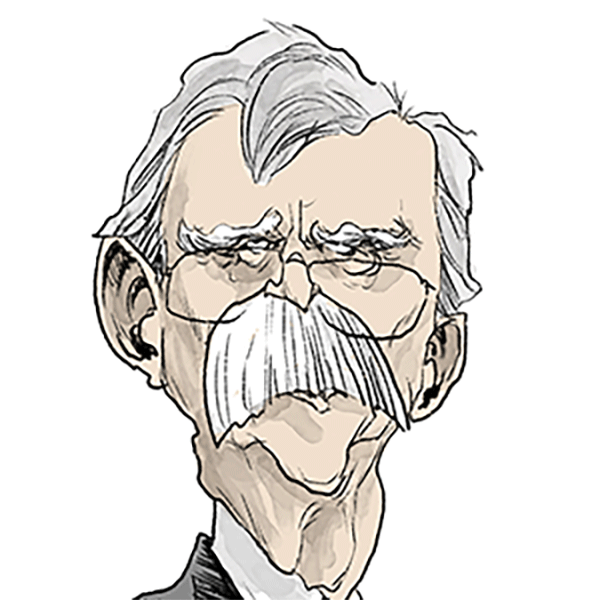11 dead in Kenya protests as police shut capital city down
Published in News & Features
At least 11 people were killed in violent clashes between Kenyan police and protesters demanding the removal of President William Ruto.
In addition to the fatalities, 63 people were injured and 567 arrested, the police said on X Monday.
The protests held to commemorate the July 7 marches that marked the beginning of multi-party democracy in the East African nation 35 years ago, took place in nearly half of Kenya’s 47 counties, with looting reported in at least six, Kenya National Commission on Human Rights said.
Police used teargas and water cannons to disburse crowds that had lit bonfires at several flash points on the outskirts of the capital, Nairobi. The normally bustling streets were deserted and many storefronts were soldered shut as workers and traders stayed away because of fears of violence.
Learning activities were disrupted nationwide, and hundreds of passengers were stranded as police erected roadblocks on major roads to deter movement.
“The commission received distress calls from patients unable to access health facilities due to road closures,” KNCHR said.
Monday’s protests come almost two weeks after others in which 19 people were killed, businesses looted and buildings torched.
The latest mass action was sparked by police brutality, after the killing in custody of an online activist. Long-standing grievances also stoking anger include the rising cost of living, joblessness, persistent corruption and wastage of public resources.
“The president does not listen to the people,” Samuel Zakayo said in the low-income northwestern Nairobi neighborhood of Kangemi. “First of all listen to the ground and resign with immediate effect.”
Economic protest
Police laid rolls of barbed wire across roads leading to the president’s official residence after protesters threatened to march there.
“We’ll have an economic protest aimed at hurting the economy and shutting down the city in the future,” said Job Murima, an activist in Thika, 45 kilometers (28 miles) from the capital. “This is aimed at hurting the government and the elite.”
The upheaval follows last year’s so-called Gen Z protests, in which more than 60 people died over two months. Those were triggered by government plans to introduce tax measures to raise about $2.7 billion for its budget, but quickly morphed into demands for Ruto’s ouster.
Ruto, in the third year of a five-year term, has said his government needs to increase domestic revenue to cut reliance on loans, although the growth of national debt has continued apace to about 11.4 trillion shillings ($88 billion).
“Kenya is a hard nut to crack in terms of getting people subdued,” constitutional lawyer and former governor, Kivutha Kibwana, told broadcaster NTV. “I wish the government would adopt a different strategy in reaching these young people. You’ll not defeat them by terrorizing them.”
Yields on Kenyan eurobonds due 2032 and 2048 fell 2 basis points to 9.26% and 10.34% respectively by 6:43 p.m. in London.
----------
—With assistance from Eric Ombok and Ramah Nyang.
©2025 Bloomberg L.P. Visit bloomberg.com. Distributed by Tribune Content Agency, LLC.







Comments